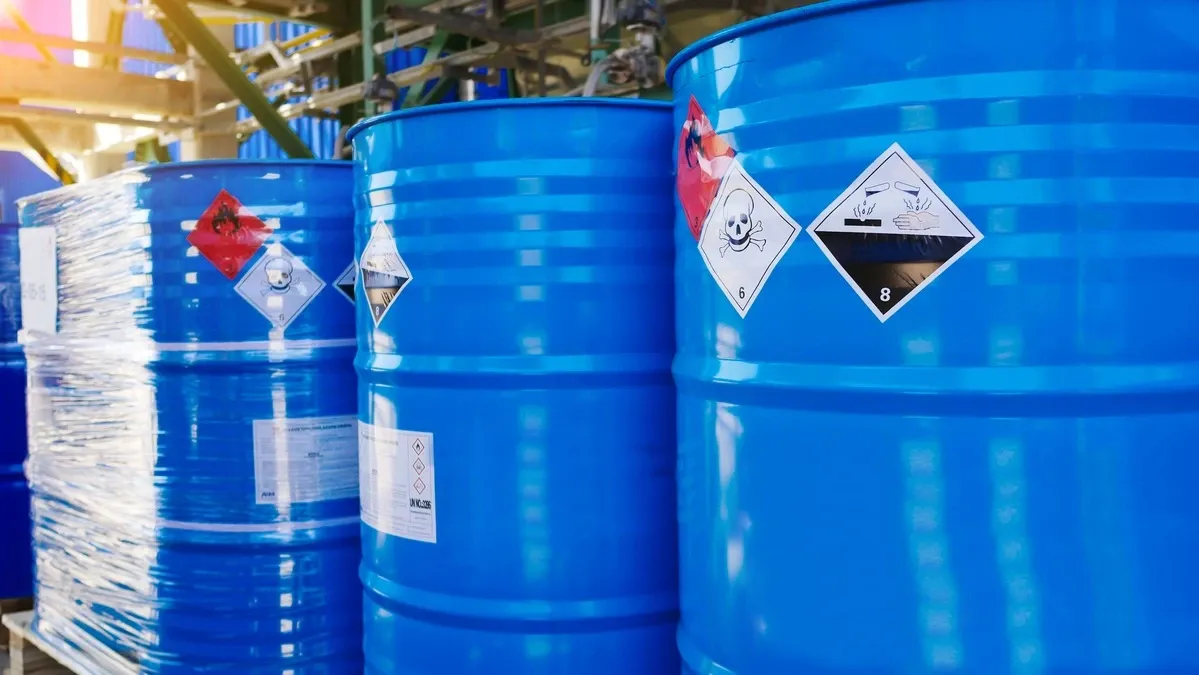United States Coast Guard has issued a marine safety alert regarding the improper use of heat cables.
The document was published on 7 April 2023.
The Coast Guard recently investigated a fire on board an inspected towing vessel which resulted in the vessel suffering a loss of propulsion. The source of the fire was determined to be heat cables (also referred to as heat tracing cable or heat tape), which were improperly installed to prevent condensate from forming and freezing within hoses used to transmit compressed air for the vessel’s air-operated engine throttle control system.
The heat cables were designed to be installed on fixed piping systems. They were not designed to be used on hoses or in applications that subjected the heat cables to movement.
The manufacturer’s instructions, National Fire Protections Association (NFPA) 70 the National Electric Code (NEC), and standards from the Institute of Electrical and Electronics Engineers (IEEE) require heat cables to be installed with Ground-Fault Protection and specifically warn that this is required to prevent a fire or electric shock if the heat cable is damaged.
While there are no regulations under Title 46 Code of Federal Regulations (C.F.R.) that specifically address the installation of heat cables; there are regulations that require electrical systems and equipment to be designed, installed, and maintained to provide for the safety of the vessel, and protect persons on board from electrical hazards (including fire and electric shock).
The Coast Guard strongly recommends that vessel owners, inspectors, and third-party surveyors:
- Inspect the installation of all heat cables installed on board vessels to ensure they are designed, installed, and maintained in accordance with all manufacturer installation instructions and warnings. This includes strict adherence to bend radius limitations and the use of Ground-Fault protected electrical circuits.
- Heat tracing cables should be listed to meet UL 515 and in consultation with the cable manufacturer, be verified safe for both use in the marine environment and in the intended application on board the vessel. This is critical to ensuring safe vessel operations and to protect personnel from electrical hazards, to include fire and electric shock.
- For heat cable installations involving vital systems (i.e., propulsion controls, steering systems), a review of potential vulnerabilities of the effected vital system should be conducted. Implement steps to minimize the risk of an unexpected failure of the vital system resulting from a heat cable failure or the Ground-Fault circuit protection tripping off-line.
- Implement an inspection and maintenance program as required by the heat cable manufacturer’s instructions. This typically requires insulation resistance readings taken post-installation, and at specified intervals to ensure the insulation is not breaking down. Heat cables with insulation resistances found below the manufacturer’s specified values should be removed and replaced as soon as possible.
For more information, please see the document below (available only to subscribers):
RELEVANT DOCUMENTS:
Improper Use of Heat Cables is a Fire Hazard










Related News
Most important regulatory news published in the last two weeks
Jul 01, 2024
USCG: Updated guideline for towing vessel stability compliance
Jun 28, 2024
USCG: Temporary reduction of sea service requirements for able seaman endorsements
Jun 27, 2024